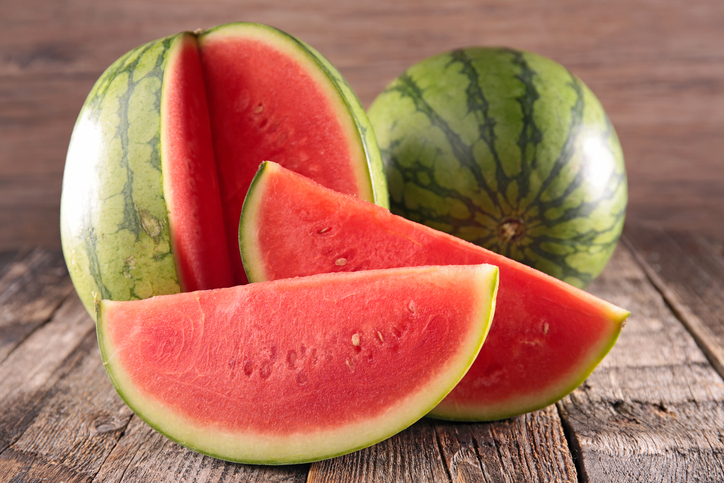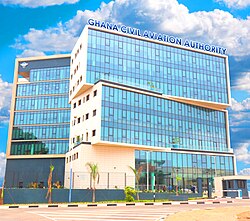From Ancient Seeds in the Sahara to Street Markets in Accra, the Story of a Sweet, Juicy Giant
On any given day in Accra’s bustling markets, you’ll see them stacked high on wooden carts or sliced open to reveal their ruby-red flesh under the hot Ghanaian sun — watermelons. Sold at around GHC15 for a medium-sized fruit, they are as common in local homes as they are ancient in origin. But what many may not realize as they bite into a slice on a hot afternoon is that this juicy fruit has a long and storied past, one that begins right here on the African continent.
A Desert Legacy
Botanically known as Citrullus lanatus, the watermelon belongs to the Cucurbitaceae family — the same family as cucumbers, pumpkins, and squash. Though widely grown across the globe today, from Asia to the Americas, the watermelon’s roots stretch deep into African soil.
Archaeological evidence suggests wild watermelon seeds were found in Uan Muhuggiag, a prehistoric site in the Libyan desert, dating back to around 3500 BC. In 2022, genetic research traced these ancient seeds to the Egusi melon of West Africa, particularly Nigeria, providing one of the clearest links between ancient wild melons and the watermelons we know today. But it’s the Kordofan melons of Sudan — small and hard, with pale flesh — that are thought to be the closest living relatives and likely ancestors of the modern cultivated watermelon.
By 2000 BC, watermelons were being grown in Egypt, although the varieties then were far less sweet than today’s fruit. It wasn’t until Roman times that sweet dessert watermelons began to spread across the Mediterranean. Over thousands of years, selective breeding transformed these once-wild melons into the sweet, juicy giants we know today.
A Modern Staple With Ancient Roots
Watermelon cultivation has evolved dramatically, with over 1,000 varieties now in existence. Today’s plants are disease-resistant and fast-maturing, with some bearing ripe fruit within just 100 days of planting. Though they can be grown in tropical and temperate climates, the world’s watermelon capital is China, which, as of 2023, produced a staggering 64% of the global supply.
In Ghana, watermelons are a seasonal treat and a daily staple. With their affordable price and refreshing taste, they’re found everywhere — from roadside vendors to supermarket shelves — especially during the dry, dusty harmattan months when hydration is essential.
More Than Just a Sweet Bite
Beyond its sweetness and thirst-quenching properties, watermelon is a nutritional powerhouse. Composed of 92% water, it’s one of the most hydrating fruits available — an especially valuable trait in tropical climates. But the benefits go far beyond hydration.
Watermelon is rich in vitamins A and C, which promote healthy skin and support immune function. It also boosts potassium for heart and muscle health, and lycopene, a powerful antioxidant linked to reduced risks of heart disease and certain cancers.
There’s more: watermelon contains citrulline, an amino acid that may reduce post-exercise muscle soreness — making it a favorite among athletes. And because it’s naturally low in calories and fat, it’s a satisfying yet weight-friendly snack.
Even the rind has value. While often discarded, it’s edible when cooked and can be pickled or added to stews in some culinary traditions.
A Fruit With Staying Power
From its wild beginnings in the African deserts to its global domination as a summertime staple, the watermelon’s journey is as rich as its color. In Ghana, its story continues — not just as a source of hydration or nutrition, but as a cultural mainstay woven into everyday life.
So next time you pick up a GHC15 watermelon from a market in Accra, remember: you’re not just buying fruit. You’re tasting history.














